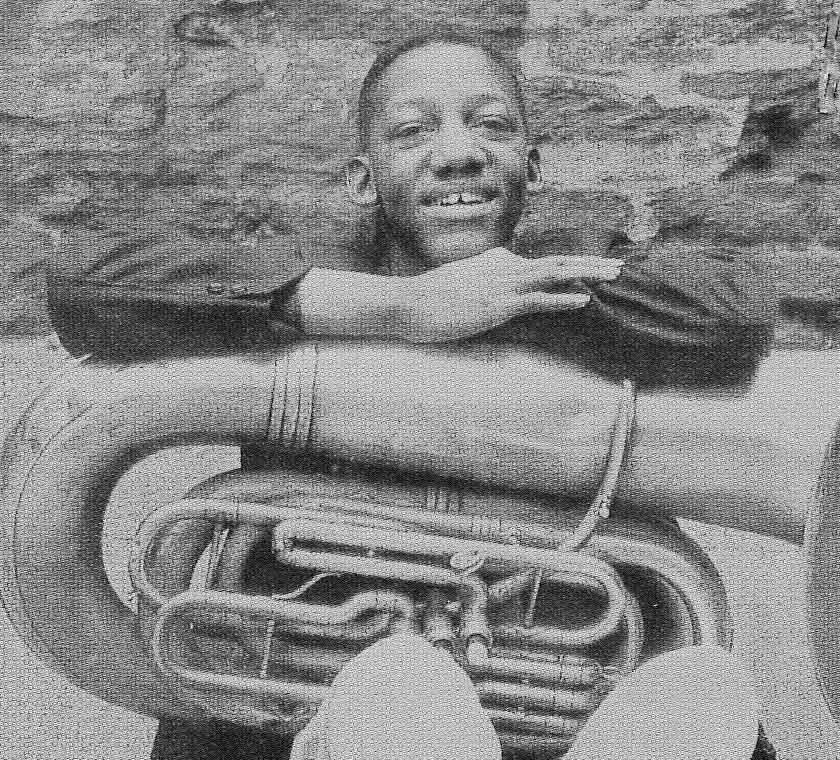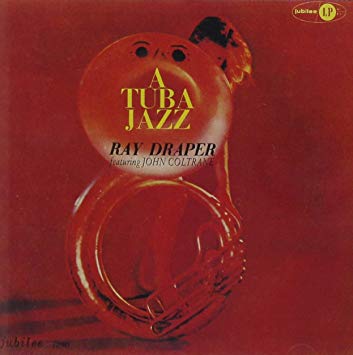Ray Draper was not only ahead of his time by virtue of recording at such a young age, but as Essii's Dance shows he was ahead of the curve in his rhythmic exploration. This early example of jazz in 3/4 features a lyrical but striking melody with both major and minor qualities. The A section melody descends over a wide range, approaching each chord tone with a half step above. In the bridge the melodic motion is more stepwise, with eighth-note figures that at the end connect back to the tonic for the C section (which is the same as A). The changes of the A section reflect the melody structure, twice approaching the tonic B♭7 stepwise from above (B7) and below (A♭7); the bridge begins with a II-V7 and continues in fourths to D♭7, leading to another II-V7 back to the tonic. It's a neat, compact song and a welcome addition to anyone's 3/4 repertoire.
About the arrangement: The tenor sax has the melody on the head. The A section chords are not played on the head on this recording. Instead, the piano, bass, and tuba play a quarter-note bass line consisting of the root, fifth, and root again in each measure. The piano and bass play these figures ascending, with the root on beat 3 an octave higher; the tuba has both roots in the upper octave. The piano comps in the bridge, with the tuba and bass both playing the roots in dotted half notes for a 1-feel.
There is an intro that begins with four measures of drums, followed by eight measures of the A section's bass line (bass alone for two measures and then joined by piano). The tenor sax and tuba then play a simple diatonic melodic phrase, voiced in fifths, over this for eight measures before the head. The coda is similar but with the melodic horn phrase first followed by the bass line alone, which winds down and can be faded out. Our lead sheets include the two-horn harmonies in the intro and coda.
This song comes from the second of the two Ray Draper quintet sessions with John Coltrane. At this time, Draper was playing with Max Roach, who did perhaps more than anyone else to establish 3/4 meter in jazz. The fall of 1958 was very busy for Coltrane: he played with Miles Davis and with Thelonious Monk, and in October recorded a session with
Kenny Dorham, Cecil Taylor, Chuck Israels, and Louis Hayes which has been issued both under Coltrane's and Taylor's names. The drummer on these Draper quintet sessions, Larry Ritchie, was best known as a member of
Freddie Redd's quartet in the play "The Connection."
This composition's title is also spelled
Essie's Dance, but the original release used the
Essii's Dance spelling.


